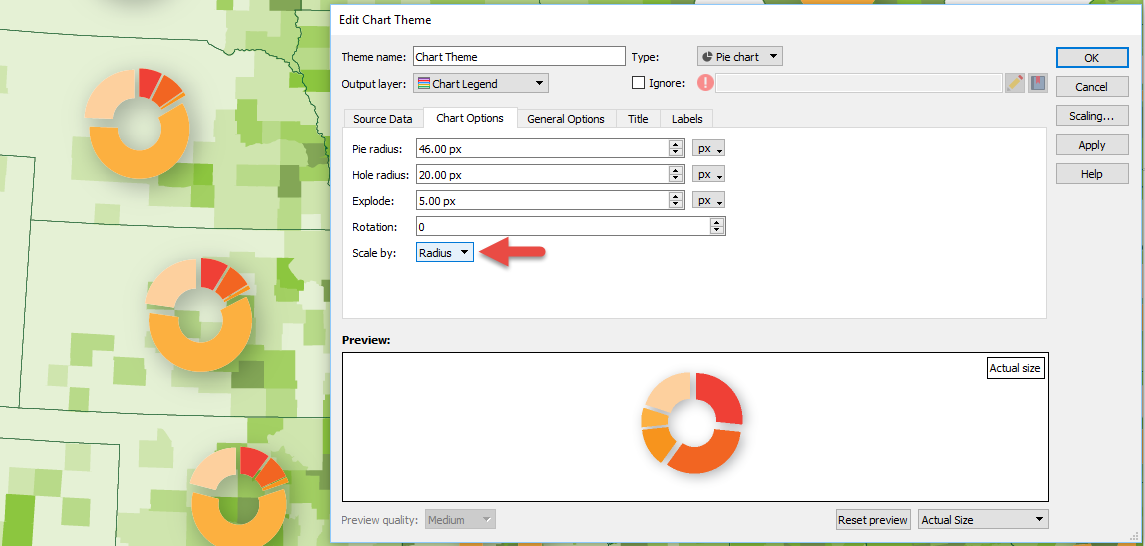
These maps conveniently pack a larger map in to a smaller space and you don’t need a PhD in paper mechanics to fold the thing back again. It’s a marvel to sit around folding and unfolding the thing and there must be patents on the machine that somehow did it. so let me save you some effort.Īs you see above as you open the map the super patented folds (folded by virgin squirrels in Tibet according to ancient practice) work magically to expand the map to something like 4 times it’s base area. vanDam have perhaps the most annoying flash intro website on the planet and it requires about 30 clicks to actually see a map. To the best of my knowledge these maps are trademarked and patented up to your eyeballs by vanDam of New York.

No longer will you raise your arm to look at your watch, your cuff will be a printed map.Īgain not the official term. The future? If you have maps on fabric then nappy maps and shirt maps are clearly on the horizon. The map is relatively cheap and Rand have gone to great lengths to put as many points of interest they can on there, down to every damn ATM. The edge of the fabric/map is double or triple stitched or something so you can’t tear the edge easily, or at all if my tests are any good. Thermal features have been tested by using this map to pull things out of the oven with and it passes with flying colours. As a bonus feature you can clean your laptop screen and glasses. It’s a beautiful thing to hold, and scrunch, and throw around.

The text is bigger (and thicker), as are most features. You don’t get 1,200 DPI on fabric as far as I can tell. The tradeoff for this map is printing resolution. Well, scrunchy maps aren’t going to get torn or soggy when it rains which makes them kinda useful in places like London which doesn’t have space for you to open your map and when you do, it might rain. Why scrunchy? Ok well first they are officialy ‘ fabMaps(TM)‘. The animation I made above shows the scrunchy power of these maps, which are double-sided. Rand McNally ( wikipedia:Rand_mcnally) is a 3,000 year old map publisher which makes these city maps printed on fabric material similar to a lens cloth. ‘Scrunchy’ is not the official term I’m guessing, but I like it. I can’t recommend enough getting hold of one of these and playing with it – I will get to use mine in anger in NYC in a few weeks and I’m looking forward to it. Where will they go from here? There is clearly scope for print on demand, more cities and more retail outlets. Panamaps are available for Manhattan and Chicago and hopefully more one day soon. For more see the wikipedia article, and for bonus points fix it up because it’s not great.Īnyway, this stuff is all patented and as a side-effect of the plastic printing process the maps are much harder to get wet. As you change the angle, each ridge curvature sends the light to the right map slice so you see a completed whole. The light (say from the sun) refracts off the ridge, then the paper and reflects back, then refracts through another part of the ridge again, then hits your eye. Each ridge is probably something like a half a millimetre in height and depth so as you scratch your nail on the surface you can make high pitched noises with it.īehind the plastic each ridge has three rows of image on the piece of paper. The plastic has ridges running in rows all the way down. A sheet of clear plastic is affixed to the paper which makes it much stiffer – somewhere between card and a compact disc. The tech behind it is kind of interesting. The tradeoff choices and cartography make this a marvellous product and the folks behind it, Urban Mapping in San Francisco have put effort in to the design that shines. Of course you could put these three on one (as the others below do) but then you could also carry around a camera, MP3 player, phone and laptop instead of an iPhone. It gives room, for example, on the transit map to show entrances for subway stops without cluttering the street or neighbourhood map. By providing more than one map on the same piece of paper each individual map is less crowded. Panamap sidesteps that same problem in meatspace. I think Schuyler coined the term ‘red dot fever’ for all the crappy Google maps which sport nothing but banal cartography and a thousand red pins, one for every convenience store.


The advantage of this is that you don’t have to squeeze 3.2 billion types of data on to one map – this gives your cartographers some room for each map and some playful transitions between each map. As you rotate the map vertically, every 5 degrees or so a different map comes in to view. Panamap is 3 maps in one – neighbourhoods, streets and transit. They’re all different takes on making your average paper map more usable in some way and I’ll go through each now: I’ve been struck by three new (new to me, anyway) maps which are all in dead tree format.


 0 kommentar(er)
0 kommentar(er)
